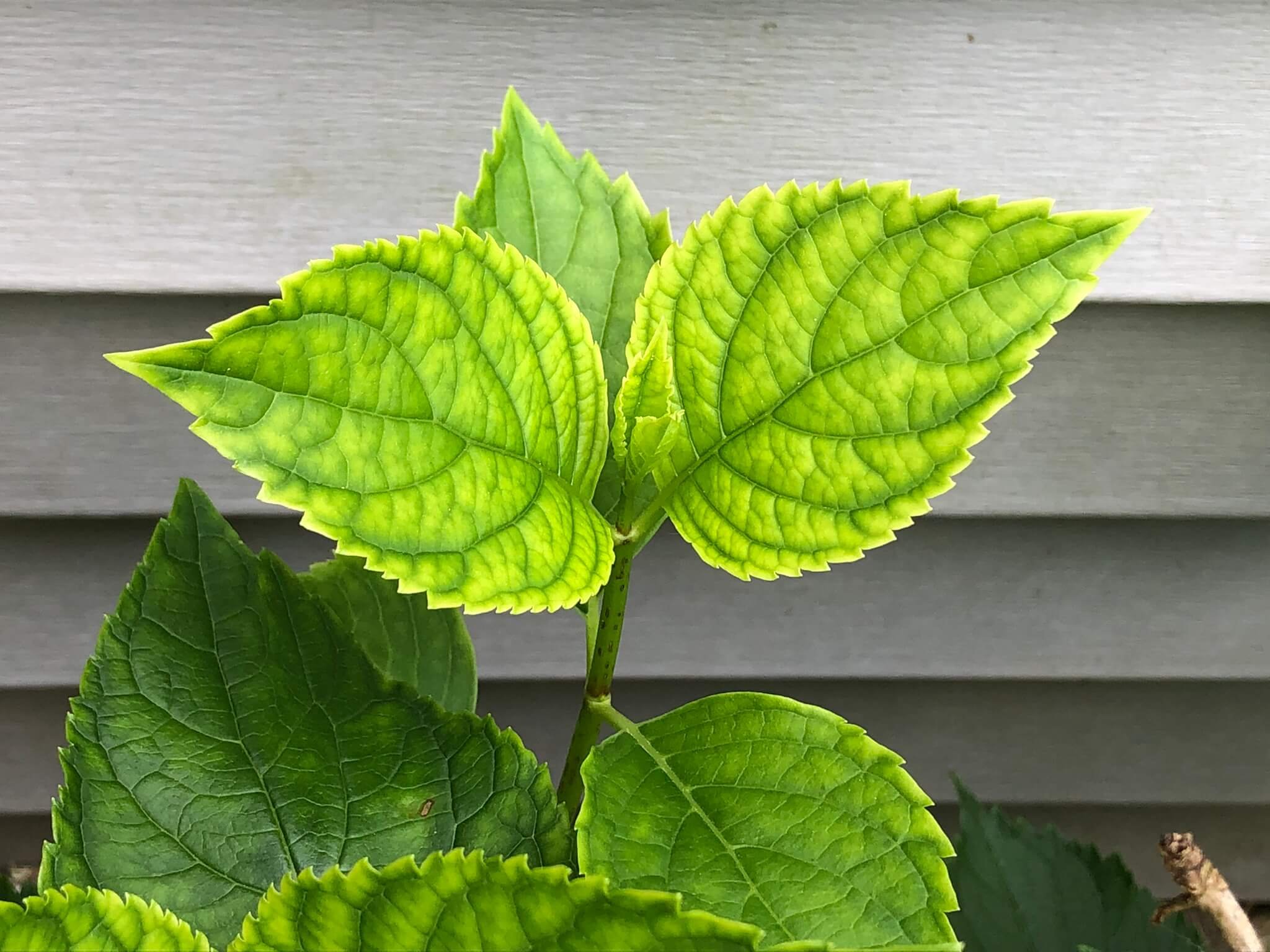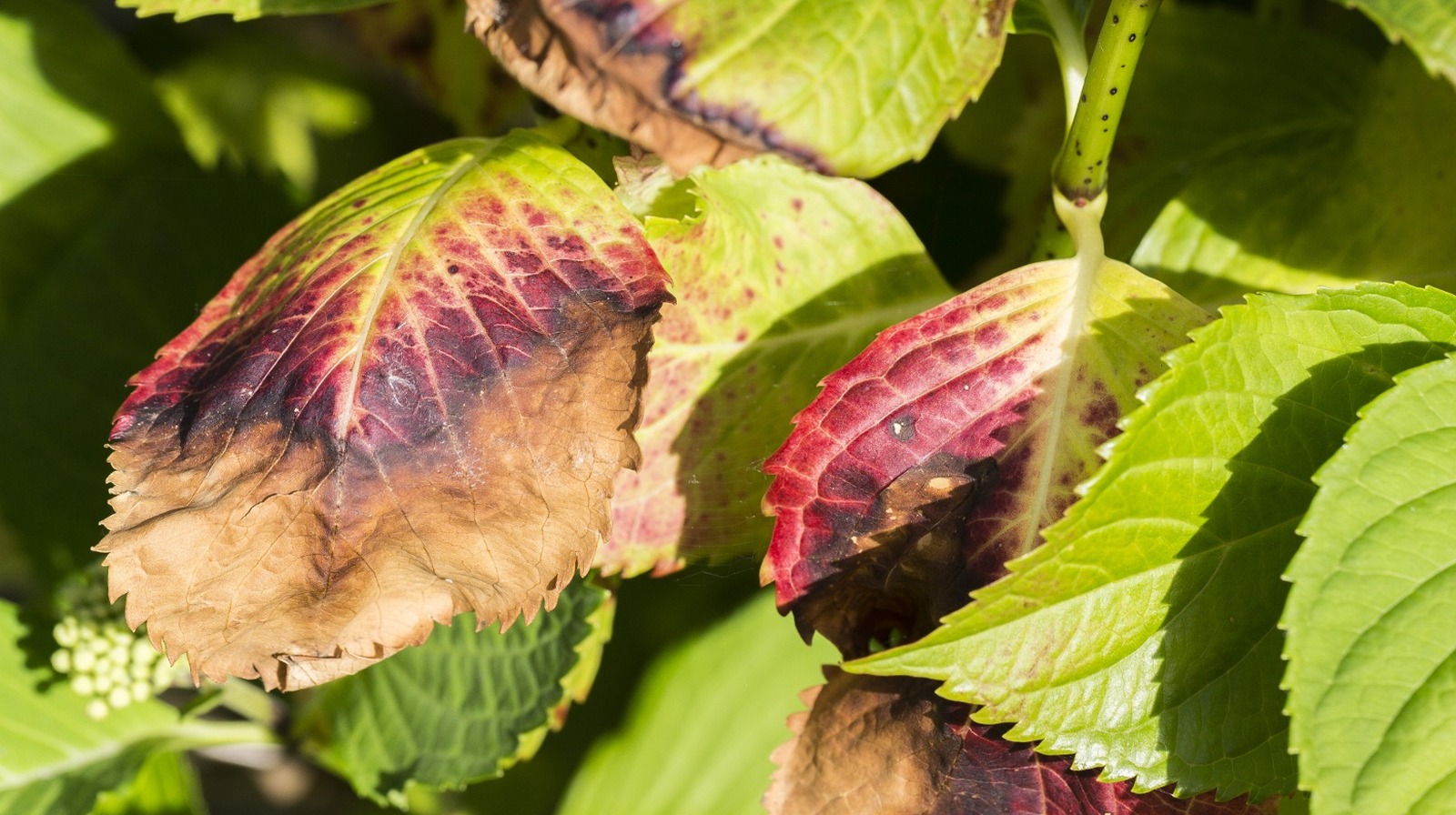An Unbiased View of Hydrangea Leaves Turning Yellow
Hydrangea Leaves Turning Yellow Things To Know Before You Buy
Table of ContentsThe Basic Principles Of Hydrangea Leaves Turning Yellow Rumored Buzz on Hydrangea Leaves Turning YellowSome Of Hydrangea Leaves Turning YellowWhat Does Hydrangea Leaves Turning Yellow Do?
Big fallen leaves often look droopy during the mid-day heat. When they stop working to perk up in the night or still look shrivelled in the early morning, your plant might be overwatered.Eliminate the plant from the dirt and prune out any kind of origins that aren't white and turgid (plump). Replant in a new place or work some sand into the dirt for much better drain.
Include a little pure water, mix the active ingredients, and drain the extra water. Put a p, H screening strip in and await a reading. You can utilize an affordable wetness and ph screening meter which will certainly likewise come in useful later on when you wish to inspect your plant for underwatering and overwatering.
The most effective way to do that is with dirt changes. Sphagnum moss or peat moss avoids the soil from condensing and betters dirt drainage while also raising the soil's acidity. You can scatter sulfur chips in your hydrangea dirt. The easiest means is to merely utilize a fertilizer that helps maintain the correct level of acidity in the soil while likewise feeding the plant.
Little Known Facts About Hydrangea Leaves Turning Yellow.
This is one excellent reason to repot houseplants on a regular basis (though there are others, such as origin development for instance). It is additionally why houseplants call for a much stricter fertilizing routine than most outside plants. When a hydrangea houseplant is lacking in nutrients, its leaves will certainly be the initial to reveal the indications.

You will also need to feed the plant manually and regular intervals. When springtime starts in March, it's the active growing season for many houseplants, including hydrangeas.
The dripline is the location located under the foliage that is the outermost far from the facility of the plant. Rather than applying feed to the center of the plant it is best to concentrate it primarily in the outer locations of the pot. If you 'd instead use a slow-release fertilizer such as granular or spike fertilizer, after that cover either kind with some dirt after you put them.
The smart Trick of Hydrangea Leaves Turning Yellow That Nobody is Talking About

Although the hydrangea is surprisingly frost-resistant, when temperatures start getting involved in the 20s, the plant remains in severe danger. If the temps remain in the reduced 10s, that risk is extra extreme her latest blog still. Obviously this is more of a worry with outside plants so if you keep potted hydrangea outside you must bring them inside in really winter conditions or even take into consideration transferring them inside for the period of the winter.

A dried hydrangea, click here for more A large issue with lots of houseplants is root rot. Root rot happens when you overwater a plant and since it is such a common problem (particularly with succulents) many houseplant owners are scared of overwatering their plants. Hydrangeas call for even more watering that the majority of various other usual houseplants and can become dehydrated when they are underwatered.
The Basic Principles Of Hydrangea Leaves Turning Yellow
Be absolutely sure that your hydrangea is dehydrated due to a lack of water and not due to it be provided as well much water (a lot more on this later). Overwatering is a serious problem if you skimp on its water needs also a little bit, your hydrangea will be fast to show it.
The very best method to establish if your hydrangea is underwater is to check the moisture levels in the soil. By utilizing an effective but economical moisture and p, H tester, or by sticking your finger into the soil, you will promptly inform if the plant needs water. To browse around this site get your hydrangea sprinkling behaviors on the ideal track, you need to be mindful about the moisture levels in its dirt.
When you remove your finger from wet soil it will have percentages of soil residue adhered to it. Dry soil will mean your finger appears clean or with completely dry dirt that is easily blown away. If it's moist, and the plant has yellow leaves after that the plant has likely been overwatered and you will require to adhere to the suggestions provided in the section below.